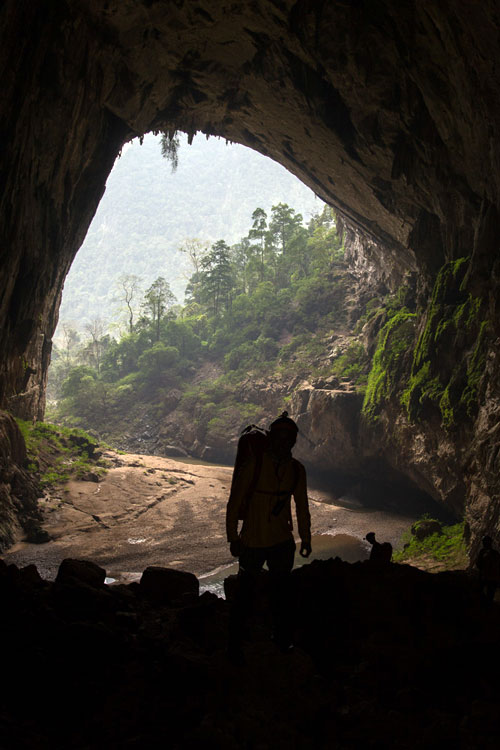The Quang Binh Department of Foreign Affairs announced Friday that a team from the U.S.-based Warner Brother’s Feature Film has surveyed a cave at the UNESCO-recognized Phong Nha-Ke Bang National Park in central Vietnam’s Quang Binh Province for settings in the next episodes of world-renowned fantasy-adventure film “Peter Pan.”
The 10-member team spent three days from Wednesday scouring En (Swallow) Cave at Phong Nha-Ke Bang National Park for locations for one of the world’s most-loved children’s films.
The team used aerial, remote-controlled cameras to calculate the shots which might be taken in the cave.
In these possible shots, the film’s protagonist Peter Pan will hover through the splendorous grotto and over magnificent mountain ranges and lush forests in the park.
Apart from the cave, the team is also planning to scour for locations in several other famed scenic spots in Vietnam, including those in northern Quang Ninh and Ninh Binh Provinces.
“Peter Pan” is a 1953 American animated fantasy-adventure film produced by Walt Disney and based on the play “Peter Pan,” or “The Boy Who Wouldn't Grow Up” by J. M Barrie.
The film entered the 1953 Cannes Film Festival. A sequel titled “Return to Never Land” was released in 2002, and a series of direct-to-DVD prequels focusing on Tinker Bell debuted in 2008. A preschoolers’ television series featuring some of the characters also premiered in 2011.
Phong Nha-Ke Bang National Park, some 500km south of Hanoi, is situated in a 2,000km² limestone zone in Vietnamese territory that borders another, similarly sized limestone zone called Him Namno in Laos.
The place is noted for its cave and grotto systems, as it is composed of more than 300 caves and grottos with a total length of over 70km, with 39 new ones discovered earlier this month.
Prior to the discovery of Son Doong Cave, the world’s current largest cave, Phong Nha held several world cave records, as it boasts the longest underground river, as well as the largest caverns and passageways in the world.
The park was listed among UNESCO's World Heritage Sites in 2003 for its immense geological value and rich biodiversity.
En Cave is one of the park’s resplendent, most visited grottos.



















































